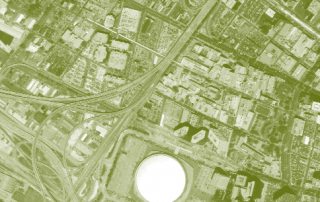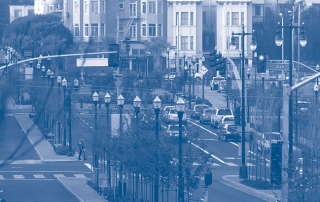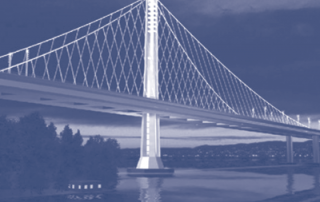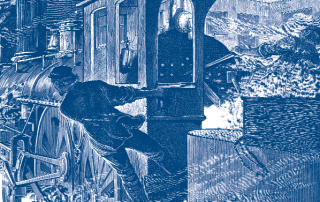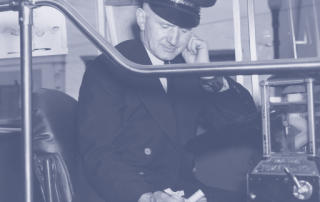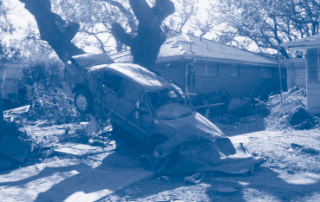ACCESS 28, Spring 2006
Comment: Terrorist Attacks and Transport Systems
Brian D. Taylor
Increasingly frequent and deadly bombings of public transit systems have put transportation officials around the world on edge. Buses and trains in London, Madrid, Moscow, Paris, Tokyo, and dozens of other cities have been the unlucky sites for terrorist attacks in recent years. Such attacks, quite understandably, have prompted calls here in the US and overseas for increased efforts to make public transit systems safe from terrorists. Such calls assume, of course, that public transit systems, or transportation and infrastructure systems more broadly, are the focus of the problem and the appropriate venue for policy- making and action. The solution, we are told, is transit security. But are these recent bus and subway bombings a transportation problem, or something much broader?

